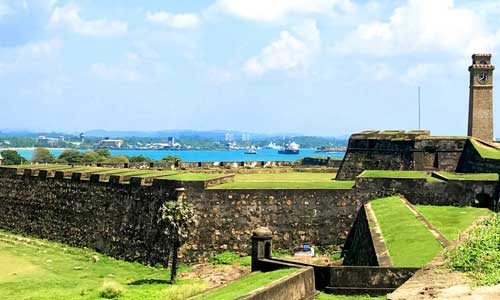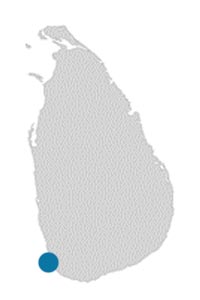Sri Lanka Experiences - Galle Dutch Fort & Ramparts

Places
Galle, South

In the Bay of Galle on the southwest coast of Sri Lanka, was built first in 1588 by the Portuguese, and then extensively fortified by the Dutch during the 17th century from 1649 onwards. It is a historical, archaeological and architectural heritage monument, which even after more than 423 years maintains a polished appearance, due to extensive reconstruction work done by Archaeological Department of Sri Lanka. The fort has a colorful history, and today has a multi-ethnic and multi-religious population. The Sri Lankan government and many Dutch people who still own some of the properties inside the fort are looking at making this one of the modern wonders of the world. The heritage value of the fort has been recognized by the UNESCO and the site has been inscribed as a cultural heritage UNESCO World Heritage Site
The Galle Fort, also known as the Dutch Fort or the “Ramparts of Galle”, withstood the Boxing Day tsunami which damaged part of coastal area Galle town. It has been since restored. The fort, like most of the forts in Sri Lanka, is built on a small rocky peninsula, belonging to the sea as much as to the land. As it exists today, it covers an area of 130 acres. The fort has two gates. The two towering gates to the fort are termed “Portcullises gates” and the first gate of entry from the port is inscribed “ANNO MDCL XIX” which has depiction of Dutch Coat of Arms with the ubiquitous emblem of cock and an inset “VOC” inscribed in the centre. Walking along the fort wall in a clockwise direction leads to the Old Gate where the British Coat of Arms is seen inscribed at the entrance at the top. In the inner part of the gate there is the 1668 dated inscription of the letters VOC.
The Fort really resembles a small laid out walled town, with a rectangular grid pattern of streets full of the low houses with gables and verandas in the Dutch colonial style. It has a well laid out road network. The fort area also has a number of historic churches, mosques, and commercial and government buildings. Some of the locals stroll along the walls of the fort in the evenings





